Explore the Best AI Image Gallery

Cloud Unleashed: Redefining Creative Boundaries
In the fast-paced world of digital transformation, cloud computing has ceased to be a burgeoning trend and has firmly established itself as a linchpin of business operations across industries. From Small and Medium Enterprises (SME) to multinational conglomerates, the adoption of cloud technology is no longer a question of 'if' but 'when'.
One industry that has been particularly impacted by the cloud revolution is the creative sector, encompassing design, advertising, artistic imagery, and more.
The Creative Shift
Cloud computing has fundamentally reshaped the fabric of the creative industry, enhancing collaboration, streamlining workflows, and opening new avenues for innovation. Artists and designers, no longer bound by the limits of physical hardware, can access powerful tools and resources on demand, allowing for unprecedented levels of creativity and saving significant time and cost.
Empowering Innovations
Through platforms like Adobe Creative Cloud and others, professionals in the field can now work from anywhere and collaborate in real-time, overcoming geographical boundaries and logistical constraints.
The cloud also facilitates the integration of other cutting-edge technologies like Artificial Intelligence (AI) and Augmented Reality (AR), providing creatives with the tools to push the envelope and produce work that was previously unimaginable.
Ethical Considerations
Despite the immense advantages, the integration of cloud technology into the creative realm is not without ethical considerations. Concerns center around data privacy, intellectual property rights, and equitable access, among others. However, with increased regulatory attention and advancing security measures, these issues are gradually being addressed.
Future Trends: Beyond the Horizon
Looking ahead, the future of cloud computing in the creative industry is one of continuous evolution and disruption. As 5G technology becomes more prevalent, the boundaries between the physical and digital worlds will blur even further, creating exciting new opportunities for artistic expression.
Moreover, converging trends like the Internet of Things (IoT), Blockchain, and digital twins are set to further fuel the creative cloud revolution. As these technologies mature, they will likely open up new dimensions of creativity and require us to rethink our understanding of art and design in the digital age.
In summary, the creative cloud is here to stay, and its impact is only set to proliferate in the years to come. While it presents certain challenges, the opportunities it unlocks far outweigh the potential downsides.


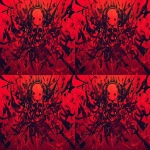
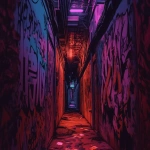

](https://images.ai-img.art/thumbnails/150/56d08b81b5991eca46f50c80b41db4e9ac06c775cbbf5138ea0734d93390316a.webp)
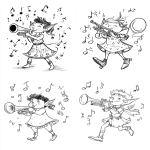





](https://images.ai-img.art/thumbnails/150/ed631f35091268316da1950d8f24949cf71c41220d75ddecc89232e1c28f3653.webp)


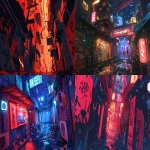



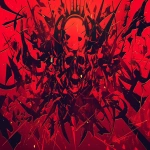



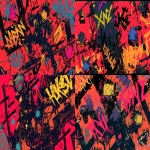


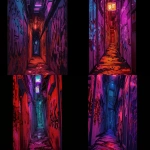



](https://images.ai-img.art/thumbnails/150/baf01e7f997f5bc030aa10831575d8b879a4a6755830df4bcd3dcc93346ef1dd.webp)
](https://images.ai-img.art/thumbnails/150/4dfe5499f7f4f9e5aa1613199c58710634f2cba5f57ac7e6717c1d56a9864e1a.webp)
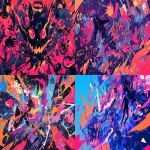
](https://images.ai-img.art/thumbnails/150/e407417f3921a9491278afc6484ec26f3ae374d4543e1a56898e8bcb1e41a0da.webp)
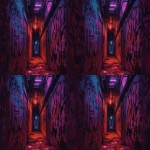









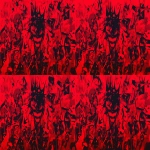

](https://images.ai-img.art/thumbnails/150/fd852e87169bf2f63982b31f7f16a8fa335d75d9536fd48c2b87c7d4b035fa7c.webp)


